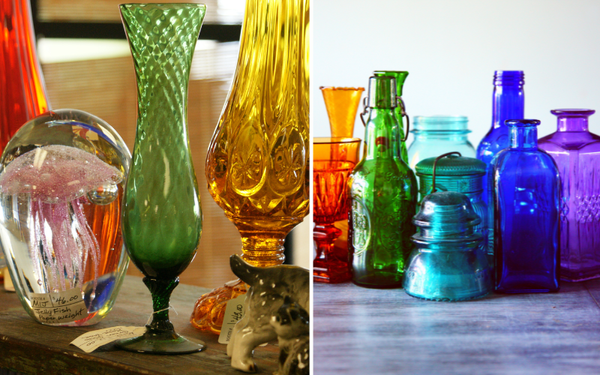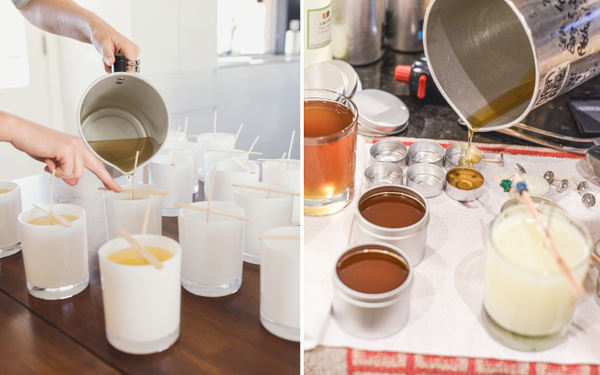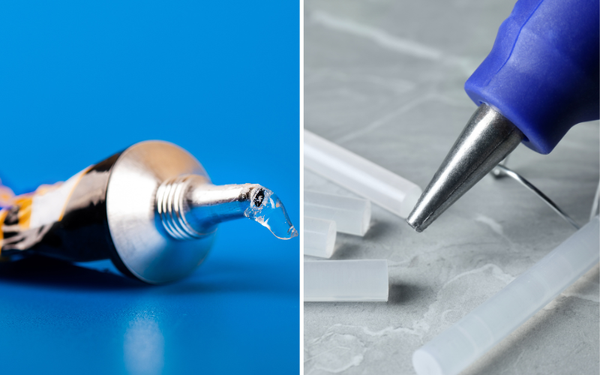Dishcloths are a staple in any kitchen. They are used to wash dishes, clean up spills, and wipe down surfaces. However, not all dishcloths are created equal. The type of yarn used can greatly affect the effectiveness and durability of the cloth. Two popular options are cotton and acrylic yarn.
Let's take a closer look at these two types of yarn and determine which one is better for dishcloths.
Absorption and Durability
Cotton is a natural fiber that is known for its absorbency. This makes it an ideal choice for dishcloths. Cotton fibers can absorb up to 27 times their weight in water. They are also strong and durable, and can withstand repeated washings without losing their shape or effectiveness. On the other hand, acrylic yarn is synthetic and does not absorb water as well as cotton. It also tends to pill and become fuzzy over time. This can make the dishcloth less effective at cleaning, and it may need to be replaced more frequently.
Softness and Comfort
While cotton is absorbent and durable, it can be rough and scratchy on the skin. This is because the fibers are naturally harder than those of synthetic yarns. Acrylic yarn, on the other hand, is soft and gentle on the hands. It is also less likely to cause skin irritations or allergies. If you are making dishcloths for personal use, or as gifts for others, you may want to consider using acrylic yarn for its comfort factor.
Environmental Impact
Cotton yarn is made from the fibers of the cotton plant. While cotton is a renewable resource, its production can be resource-intensive. It requires a lot of water, fertilizer, and pesticides to grow. In contrast, acrylic yarn is made from petroleum-based products. This means it has a higher carbon footprint than cotton. However, acrylic yarn can be recycled and reused, whereas cotton cannot. When choosing a yarn for your dishcloths, consider the environmental impact of the material as well as its effectiveness.
Cost
Cotton yarn is generally more expensive than acrylic yarn. This is because it is a natural fiber that requires more processing. Acrylic yarn, on the other hand, is cheaper to produce and therefore costs less. If you are on a tight budget, acrylic yarn may be a more cost-effective choice for making dishcloths.
Conclusion:
So which yarn is better for dishcloths? The answer ultimately depends on your needs and priorities. If you prioritize absorbency, durability, and effectiveness, then cotton yarn is the clear winner. It is also a more sustainable and eco-friendly choice. However, if you prioritize comfort and affordability, acrylic yarn may be a better option. It is softer on the skin and costs less. Ultimately, both options can make great dishcloths, and the choice comes down to personal preference.










